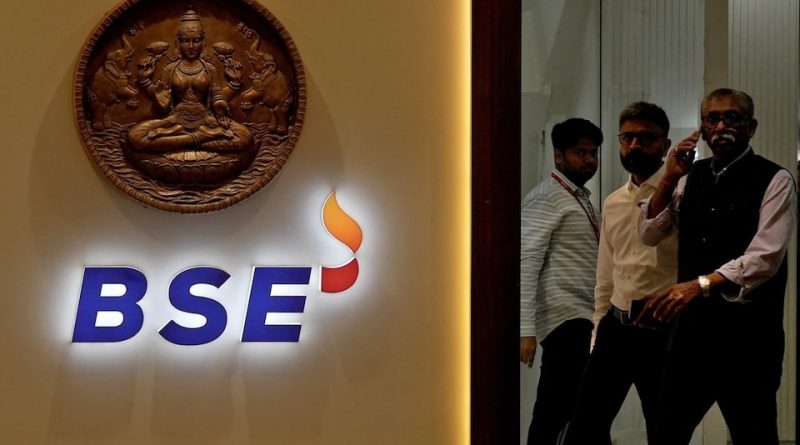India Records Fastest Growth in Six Quarters, Strengthens Resilience Amid Trade Pressures
New Delhi – India’s economy expanded at its quickest pace in a year and a half during the July–September quarter, supported by strong consumer spending, significant pre-festival production, and accelerated exports ahead of higher U.S. tariffs.
The performance underscores the country’s ability to navigate external challenges while sustaining broad-based domestic momentum.
Official data showed that the economy grew 8.2% year-on-year for the period, exceeding expectations and comfortably outpacing earlier forecasts.
The improvement follows a 7.8% rise in the previous quarter, highlighting steady growth even as global trade conditions remain uncertain.
Government officials noted that the outcome reflects continuing efforts to boost domestic demand and support industries impacted by tariff-related disruptions.
The growth numbers also come at a time when India is facing additional U.S. duties of up to 50% on multiple goods, including textiles, processed foods, and jewellery.
The strong quarterly performance is expected to provide greater confidence to policymakers as they assess the year’s remaining economic priorities.
It is also likely to influence ongoing discussions surrounding trade cooperation and negotiations with major global partners.
Consumer spending remained a key driver, rising 7.9% year-on-year and lifting overall demand across urban and rural regions.
Household purchasing was supported by tax cuts on essential products that took effect at the end of September, helping offset global uncertainties affecting external markets.
Economists highlighted that export activity was significantly front-loaded ahead of tariff deadlines, contributing to the sharp rise in industrial output.
Production cycles were adjusted by manufacturers to meet festival demand while maximizing shipments before tariff increases fully applied.
Manufacturing output rose 9.1% in the quarter, up from 7.7% in the preceding period, reflecting energetic activity across several industrial categories.
Construction also expanded 7.2%, supported by ongoing infrastructure spending and private-sector development projects.
Despite strong private-sector performance, government spending showed a decline of 2.7% year-on-year compared with earlier growth.
The drop indicates a recalibration of public expenditure cycles, though officials maintain that investment commitments remain intact.
The government expressed confidence that overall growth for the financial year would remain above 7%, supported by resilient domestic demand and ongoing reform measures.
This outlook surpasses earlier projections that had estimated lower expansion due to potential trade headwinds.
Officials pointed to a combination of easing inflation, improving supply conditions, and continued public investment as factors expected to sustain momentum into the next quarters.
Retail inflation in October fell sharply to 0.25%, offering further relief to households and shaping expectations ahead of the upcoming central bank policy review.
Analysts believe the favorable inflation data increases the likelihood of interest rate reductions, which could strengthen borrowing conditions and stimulate additional activity.
The moderation in prices also supports real incomes, making it easier for consumers to maintain spending levels despite broader global tensions.
The acceleration in growth has also been attributed to recent reforms aimed at improving labor regulations and streamlining tax structures.
Authorities say these steps were designed to safeguard domestic economic stability while addressing long-standing structural challenges.
Economists observing the quarter’s results suggested that India’s full-year growth may reach or surpass 7.5%, exceeding previous central bank predictions.
They noted that the combined effects of early export shipments, tax incentives, and manufacturing strength have created a favorable environment for sustained expansion.
However, experts also cautioned that global trade uncertainties remain a significant risk, particularly if demand conditions weaken in key partner markets.
India is therefore expected to continue focusing on diversification of export destinations and strengthening internal economic buffers to manage evolving international pressures.
Despite these uncertainties, the latest economic data shows a strong foundation heading into the final months of the financial year.
With rising consumption, stable industrial output, and easing inflation, India appears well-positioned to maintain momentum while navigating shifting global dynamics.



